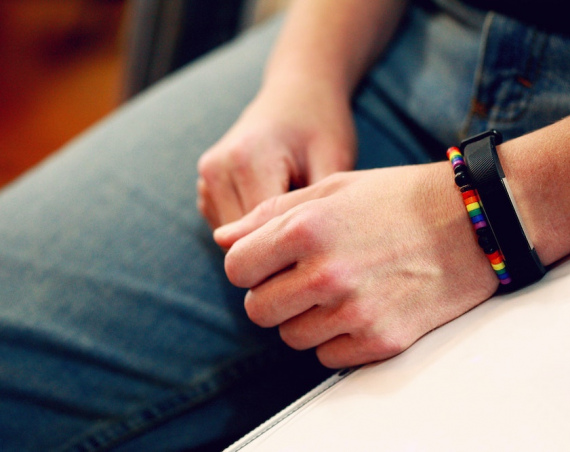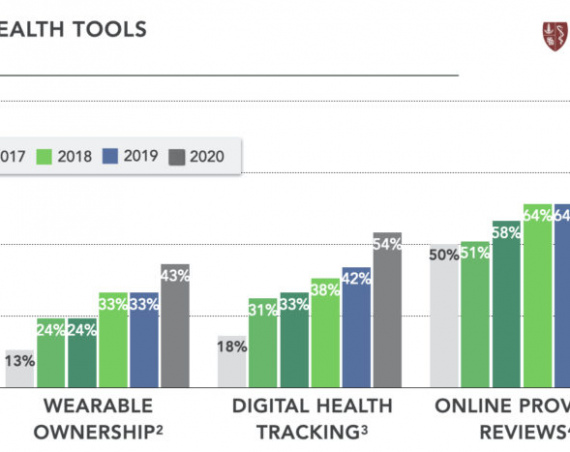
Mount Saint Mary’s University has unveiled its 13th annual Report on the Status of Women and Girls in California. The release, facilitated by the Center for Advancement of Women at Mount Saint Mary’s, serves as a cornerstone in understanding and addressing gender disparities within the state. Titled “The Cost of Being a Woman: Solutions for Economic Equity,” this year’s report delves into the multifaceted challenges women encounter in achieving financial parity and outlines actionable solutions to foster economic equity in California. The report’s findings were shared during a well-attended public event at the Skirball Cultural Center.
President of Mount Saint Mary’s, Dr. Ann McElaney-Johnson, emphasized the university’s commitment to shedding light on persistent gender inequalities. She stressed the collaborative effort required to enact meaningful change and underscored the importance of working collectively towards gender equity.
Dr. Nicole Haggard, Director of the Center for the Advancement of Women, highlighted the report’s role in catalyzing action and fostering systemic change. She emphasized the need for concerted efforts from allies and organizations to address the underlying causes of gender inequalities.
Key findings from the 2024 report underscored the persistent gender earnings gap, which reveals that California women earn 89% of what men earn for full-time work. Despite progress over the past decade, the gender earnings gap has only narrowed by 5%, with the impact of the COVID-19 pandemic further impeding progress.
The wage gap is exacerbated for Black and Latina women, who experience substantial earning losses over a 40-year career compared to their White counterparts. Additionally, women-founded startups demonstrate higher revenue generation per investment dollar but continue to face challenges in securing adequate funding.
Moreover, the report sheds light on the disproportionate financial burdens borne by single women in California, with a significant percentage of households struggling to meet basic needs. Access to healthcare also emerges as a critical issue, with women paying substantially more for medical care and being more likely to forego necessary treatment due to costs.
The report’s analysis extends to various facets of womanhood, including educational expenses, beauty standards, and the enduring impact of systemic biases.



